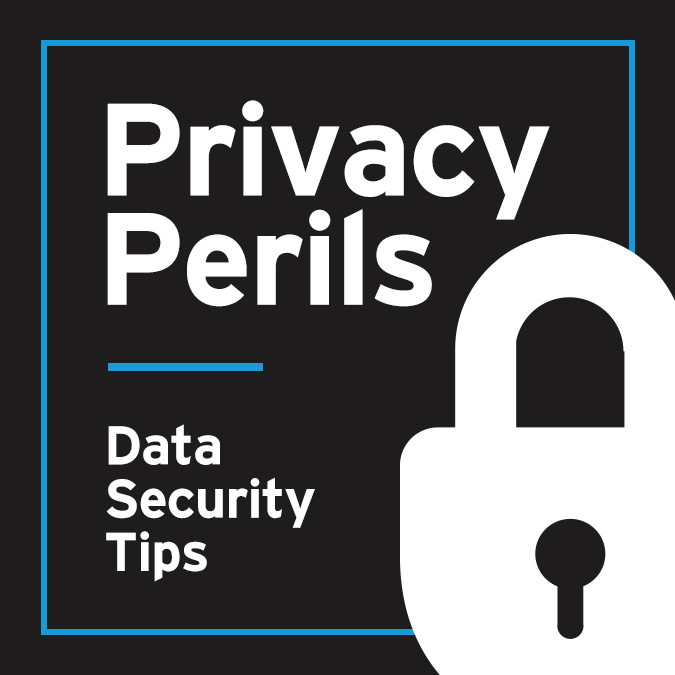No matter how strong an online password may be, cybercriminals unfortunately devise methods to obtain passwords, sometimes using technical devices called keyloggers. Given the vulnerability of passwords, an increasing number of businesses and online platforms are requiring additional forms of authentication to gain access to networks or personal data. This approach, called multi-factor authentication, adds another layer of protection against data breach and acts as a safety net when a password is compromised.
How does multi-factor authentication work? It involves multiple methods of identifying data, which typically fit into the following categories:
- What you know, i.e., a password, PIN number, security question or recognition of a familiar photo
- What you have, i.e., a USB drive, smart card or portable token featuring a rotating code for the holder to input in the computer
- Who you are, i.e., biometric identification such as fingerscanning, retina scanning or voice recognition
An authentication process that involves more than one of the above categories is considered multi-factored. On the other hand, a combination of more than one verification method within a given category (i.e., a password plus a security question), while it may involve multiple steps, still qualifies as single-factored authentication and is generally less secure than a multi-factored authentication process.
Beyond the use of strong passwords, a multi-factor authentication provides increased data security.
 Check out our series, Privacy Perils, to learn what steps you can take to guard your personal and company data. For more information about this topic and other cyber security concerns, please contact a member of our Privacy & Data Security team.
Check out our series, Privacy Perils, to learn what steps you can take to guard your personal and company data. For more information about this topic and other cyber security concerns, please contact a member of our Privacy & Data Security team.


